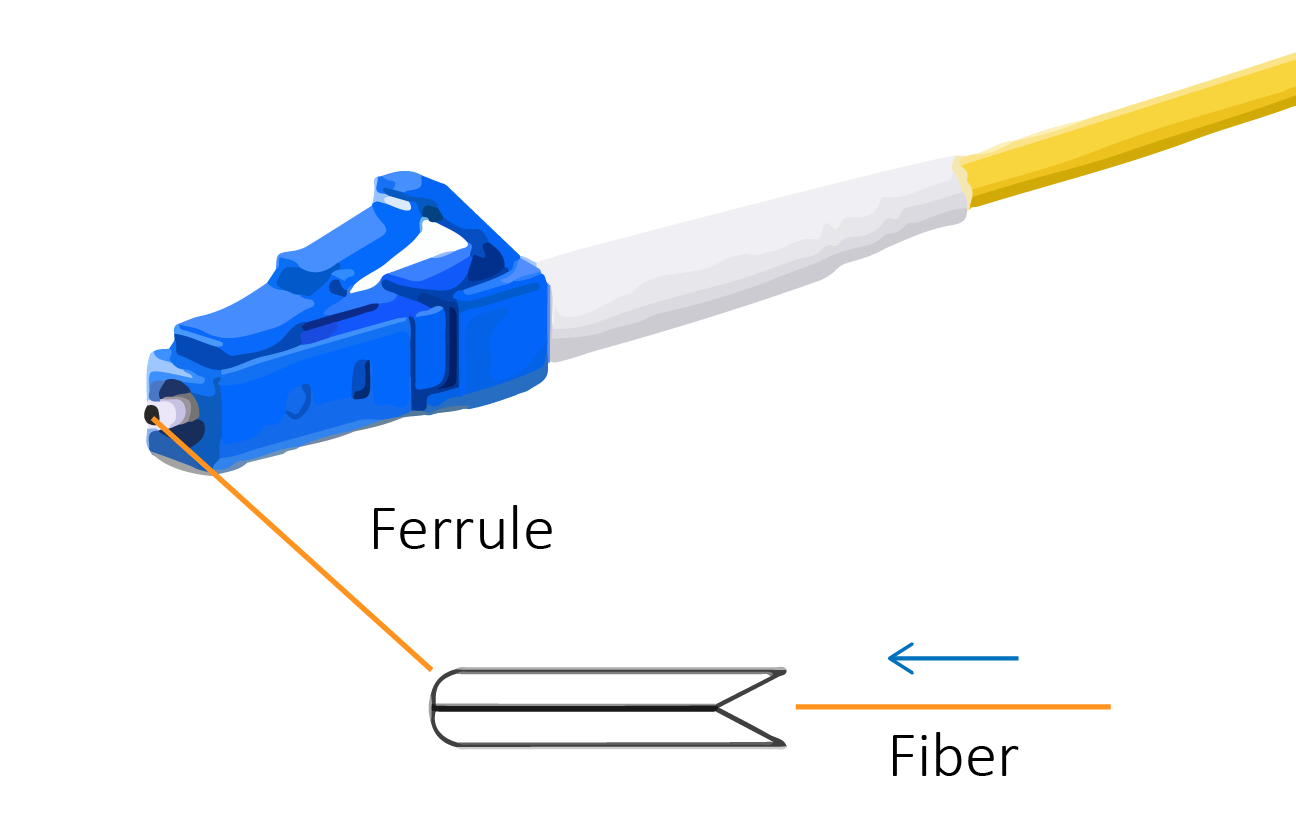In the fast-paced world of high-speed networking, ensuring optimal performance requires understanding and effectively addressing connectivity challenges. This article delves into the types of connectivity loss and explores strategies to mitigate their impact.

Understanding Insertion Loss (IL) and Return Loss (RL)
Connectivity loss primarily falls into two categories: insertion loss (IL) and return loss (RL). Insertion loss occurs when signal attenuation happens due to additional devices introduced into the network. Conversely, return loss relates to factors that restrict signal reflection back to the source.
As networks expand, issues like micro-bending, over-tensioning, and physical fiber damage can gradually lead to insertion loss. Similarly, gaps, breaks, contamination, and strain contribute to return loss. To counter these challenges, minimizing fiber complexity, reducing splices, and using high-quality cables are imperative for loss prevention.
Minimizing Loss with Targeted Measurement
Effective loss management entails separate measurements for IL and RL, enabling precise identification and resolution. Isolating the break location using RL measurements avoids misleadingly low IL readings, facilitating targeted remediation.
The Role of Ferrules
Ferrules, critical components in fiber-optic connectors, play a pivotal role in loss management. Various polishing techniques, such as physical contact (PC), ultra-physical contact (UPC), and angled physical contact (APC), significantly impact loss levels.
- PC: suitable for applications with higher IL tolerance due to its convex finish, reducing imperfections.

- UPC: provides a reliable signal with lower IL, but repeated mating may increase RL over time.

- APC: ideal for low-loss tolerance applications like fiber-to-the-home (FTTH) deployment, effectively channeling back reflections.

It is important to note that APC ferrules may not mate with other polish types, potentially limiting their compatibility with legacy systems. Regardless of the polish type used, maintaining clean ferrules is of paramount importance for minimizing connectivity loss, particularly before and after testing procedures.
Staying within the Loss Budget
Maintaining a cumulative acceptable loss, also known as the "loss budget," is critical for the network's smooth functioning. Light source and power meter measurements exceeding the loss budget necessitate a thorough examination to identify root causes of loss.
Conclusion
In the dynamic realm of high-speed networking, conquering connectivity loss is non-negotiable for optimal performance. Partner with ProLabs for reliable and efficient networking solutions that power your success. Together, we'll ensure seamless connectivity and unparalleled performance in your high-speed network.
